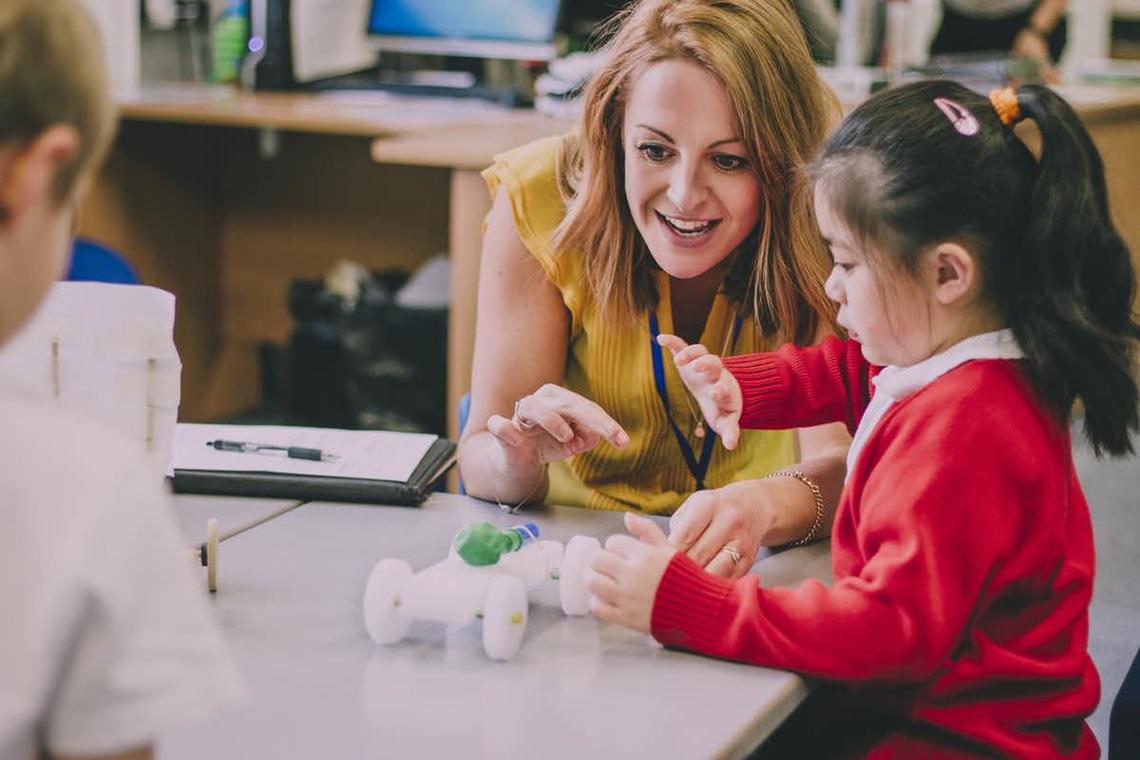Feb. 20, 2018
Three strategies to promote empathy in children

Johnny is five years old. He watches his friend Mark being teased by other kids, and then he sees Mark start to cry. As a parent, or caregiver, what do you hope Johnny will do?
For many adults, the expected response would be that Johnny would show empathy. That is, he would be understanding and sensitive to Mark’s feelings, and show a compassionate response to Mark’s distress. But is it realistic to expect that young children have this capacity?
Signs of empathic concern in children have been documented as young as eight to 10 months of age. Demonstrations of more obvious forms of empathy, such as showing concern when someone is crying, can be seen in toddlers. But like all aspects of development, the quantity and quality of this skill development can vary dramatically from one child to the next.
We do know that when children learn to be empathic early in their development, it can lead to much stronger empathy skills later in life as they become adults who treat others with kindness, respect and understanding. Empathic children can become empathic parents, spouses, co-workers and friends.
Empathy is not a fixed trait; it can be fostered. It can be encouraged and cultivated by empathic siblings, as well as adult caregivers. But empathy does take time to develop.
Parents, teachers and caregivers often ask how they can encourage young children to be more empathic. Here are some tips:
1. Model how to value feelings
First, whenever possible, show warmth and empathy towards children.
Children are watching others to learn appropriate ways of behaving and interacting, and are known to be influenced by the behaviours they see around them. You can be a good role model by acknowledging and valuing others’ feelings, and showing understanding and sympathy when someone is sad, upset, distressed, frustrated or in need of help.

(Unsplash/bruno nascimento), CC BY
When children show negative emotions, acknowledge how they feel. Provide nurturing until they signal they are OK to move onto something else.
Young children sometimes need help understanding what they are feeling, so label the emotion for them. For example, if they are crying, say: “You seem upset. How can I help?”
2. Connect feelings, thoughts and behaviours
Second, when talking about feelings, connect behaviours with the feelings for children so that they understand cause and effect.
For example: “Max is feeling sad because Oliver took his toy. What might help Max feel better?”

(Shutterstock)
Teaching kids about cause and effect can also be done through stories, play-acting or reading books. Talk to children about the thoughts, feelings and behaviours of the characters. What might the characters do next?
Connect these scenarios with the child’s own experiences. For example, if the character is sad because she misses her parents, connect that feeling to a time the child also expressed sadness for something similar. This helps the child more clearly understand the connection between feelings, thoughts and behaviours.
For older children (aged five and up), ask them to step into the mind, or take the perspective, of another child or adult: “How do you think they are feeling? Why might they be upset? What could we do to help?”
3. Build a ‘climate’ of empathy
Third, as a family, or as a classroom, put a focus on working together to build a “climate” that encourages children to be empathic and understanding with their family and friends.

(Shutterstock)
If your child, or a child in your classroom, is struggling with empathy, try to set them up for success by creating opportunities to be empathic and highlight for them how being kind can benefit everyone involved:
“That was very kind of you to help your sister when she lost her favourite toy. I bet she’ll remember that and want to help you when you need it!”
This will foster more of the same types of behaviour in the future.
Strong empathy skills can set children up for success in life. Parents, teachers, caregivers and even siblings can play a powerful role in helping one another achieve this success.
